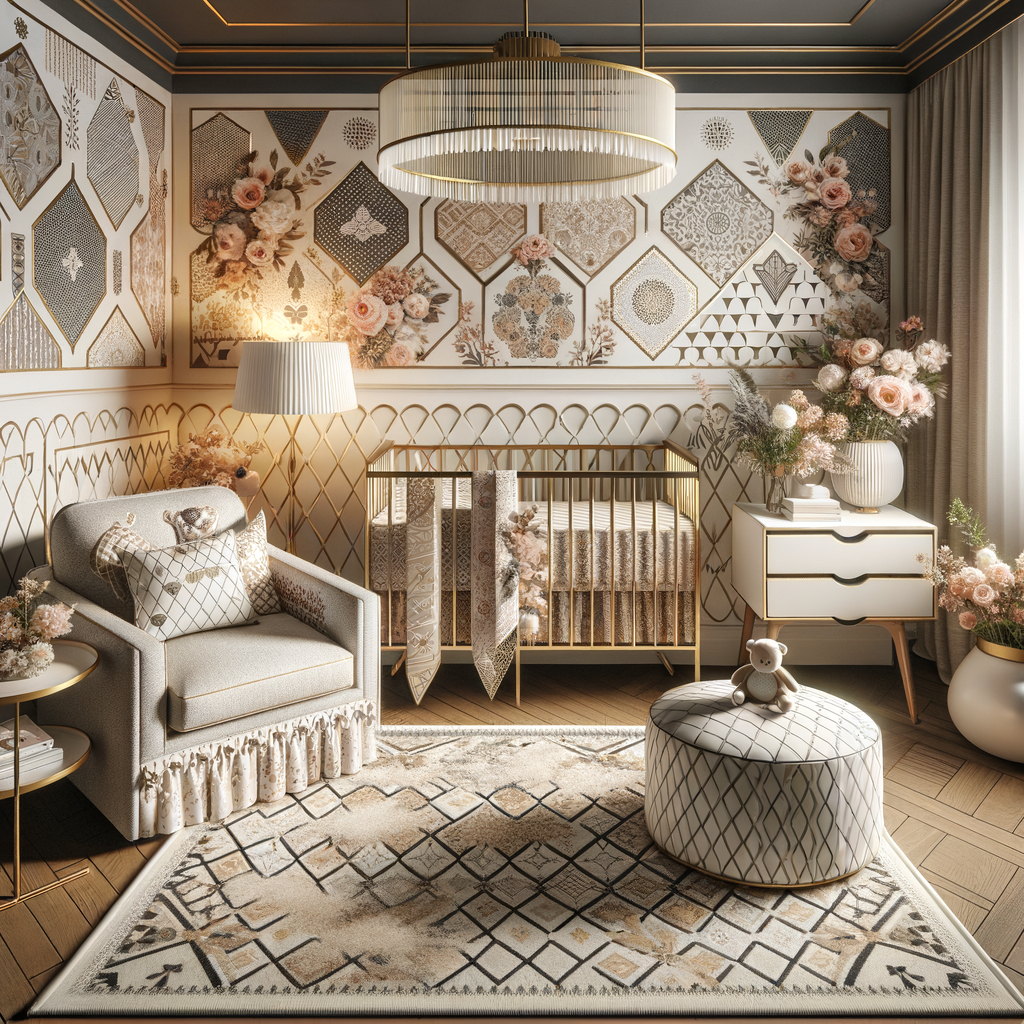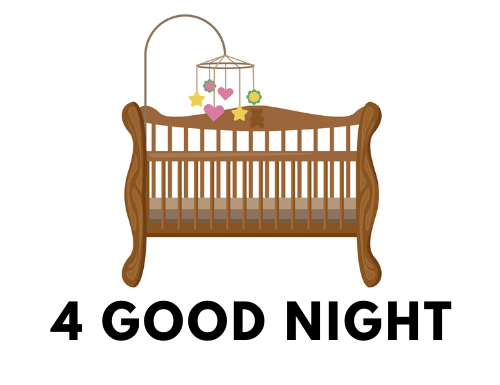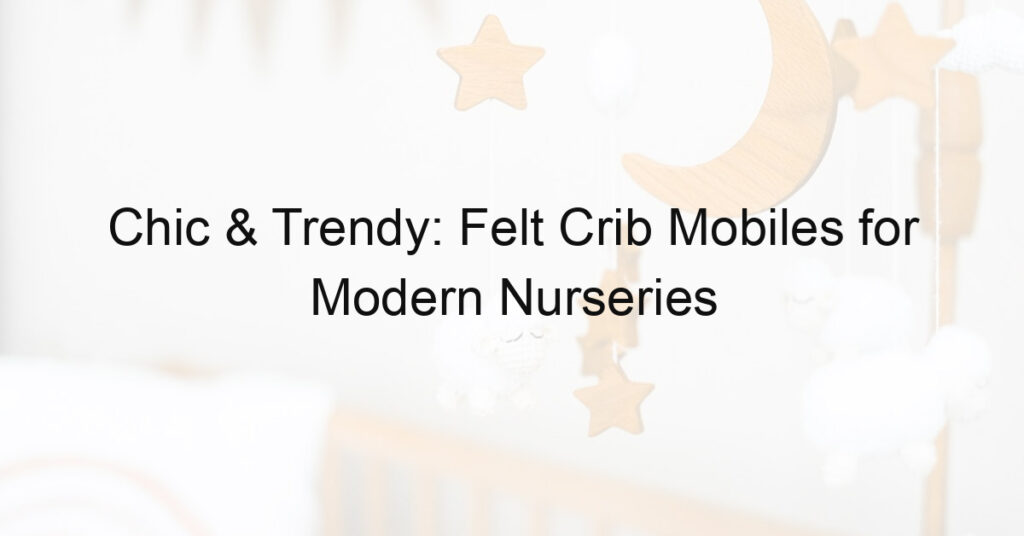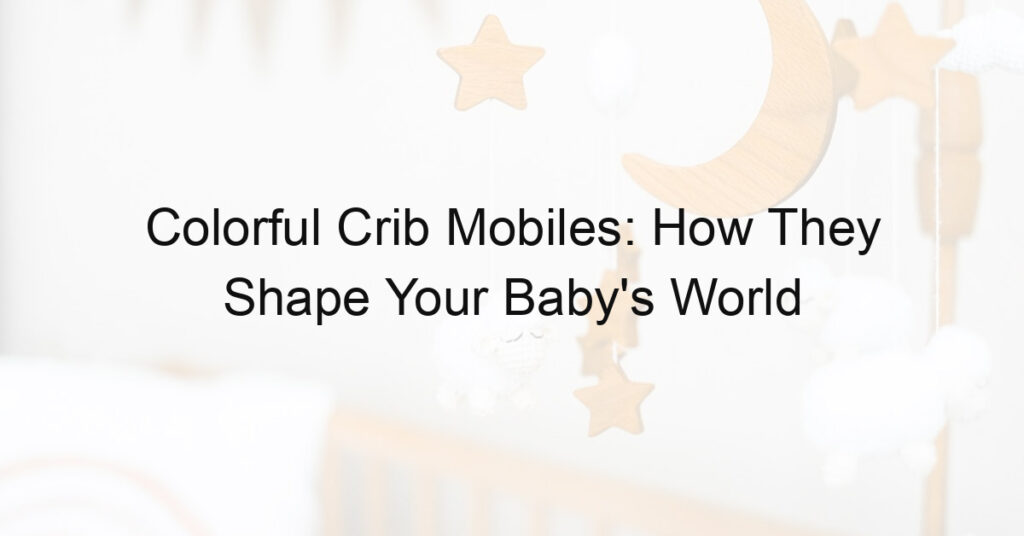
Introduction to Chic Nursery Ideas
Designing a nursery is an exciting part of preparing for a new baby. It’s a place where your little one will grow, play, and learn. Therefore, it’s essential to make it a comfortable and stimulating environment. In this post, we will explore the importance of nursery design and the role of patterns in creating a chic baby room.
- Importance of Nursery Design
- Role of Patterns in Baby Room Design
The design of a nursery goes beyond aesthetics. It plays a significant role in your baby’s development. A well-designed nursery can stimulate your baby’s senses, promote learning, and ensure safety. It’s also a space that should be practical and functional for parents. A well-organized nursery can make tasks like changing diapers, feeding, and soothing your baby easier.
Patterns can add visual interest and stimulate your baby’s developing eyesight. They can also help to create a theme or mood in the nursery. For instance, soft, pastel patterns can create a calming atmosphere, while bold, geometric patterns can make the room more stimulating. However, it’s essential to balance patterns with solid colors to avoid overstimulating your baby.
Designing a chic nursery doesn’t have to be complicated. With careful planning and a good understanding of design principles, you can create a beautiful and functional space for your baby. Stay tuned as we delve deeper into understanding patterns in nursery design, mixing patterns, and incorporating them into your baby room decor.
Understanding Patterns in Nursery Design
When it comes to designing a nursery, patterns play a crucial role. They add depth, interest, and personality to the room. Let’s delve into the different types of patterns that can be used in a baby’s room.
Types of Baby Room Patterns
There are numerous types of patterns that can be used in a nursery. Here, we will discuss three popular ones: geometric patterns, floral patterns, and animal prints.
- Geometric Patterns
- Floral Patterns
- Animal Prints
Geometric patterns are a popular choice for nurseries. They include shapes like squares, circles, triangles, and more. These patterns can be used in a variety of ways, such as on the walls, bedding, or even the furniture. They add a modern and stylish touch to the room. Plus, they can be a great way to introduce your little one to different shapes.
Floral patterns are a classic choice for a nursery, especially for baby girls. They add a touch of femininity and elegance to the room. You can use floral patterns on the wallpaper, curtains, or bedding. They come in a variety of styles, from delicate small flowers to bold, large blooms. Remember, you don’t have to stick to traditional pink flowers. There are plenty of other colors and styles to choose from.
Animal prints are another fun option for a nursery. They can be used in a variety of ways, from a full wall mural of a jungle scene to small accents like an animal print rug or bedding. Animal prints can make the room feel playful and adventurous. Plus, they can be a great way to introduce your little one to different animals.
In conclusion, patterns can greatly enhance the look and feel of a nursery. Whether you choose geometric patterns, floral patterns, or animal prints, you’re sure to create a space that’s both visually appealing and stimulating for your baby.
Role of Patterns in Nursery Decoration
Patterns play a significant role in nursery decoration. They not only add a touch of style and personality to the baby’s room but also serve essential functions. Let’s delve into two key roles of patterns in nursery decoration:
- Creating Visual Interest
Patterns can create a visually stimulating environment for your baby. They add depth and dimension to the room, making it more appealing and engaging. For instance, a geometric pattern on the wall can turn a plain, boring wall into a focal point of the room. Similarly, a floral pattern on the bedding can add a touch of elegance and charm to the nursery. But remember, while patterns can create visual interest, they should be used judiciously. Too many patterns can make the room look cluttered and overwhelming.
- Stimulating Baby’s Senses
Patterns can also stimulate your baby’s senses and promote their cognitive development. Research shows that babies are naturally attracted to high-contrast patterns, such as black and white stripes. These patterns can help stimulate your baby’s vision and brain development. Similarly, tactile patterns, such as a soft rug with a raised pattern, can stimulate your baby’s sense of touch. However, it’s important to choose patterns that are appropriate for your baby’s age and developmental stage.
In conclusion, patterns are not just about aesthetics. They play a crucial role in creating a visually stimulating environment and promoting your baby’s sensory development. So, when decorating your nursery, consider incorporating patterns in a thoughtful and balanced way.
Nursery Decoration Tips: Mixing Patterns
Creating a chic nursery involves more than just selecting cute furniture and accessories. One of the most effective ways to create a visually appealing and stylish nursery is by mixing patterns. This can be a fun and creative process, but it can also be a bit challenging. Here are some tips to help you mix patterns like a pro.
Pattern Mixing Tips for a Chic Nursery
When it comes to mixing patterns, there are a few key things to keep in mind. Let’s explore these in detail:
- Choosing a color scheme
- Playing with scale
- Mixing pattern types
Before you start mixing patterns, it’s important to choose a color scheme. This will help guide your pattern choices and ensure a cohesive look. Consider using a color wheel to help you select complementary colors. For example, if you choose a pastel color scheme, you might select patterns in soft pinks, blues, and yellows.
When mixing patterns, it’s important to vary the scale of the patterns. This means combining large, bold patterns with smaller, more subtle ones. For example, you might pair a large floral print with a small polka dot pattern. This creates visual interest and prevents the patterns from competing with each other.
Don’t be afraid to mix different types of patterns. This could mean combining geometric patterns with floral prints, or stripes with polka dots. The key is to ensure that the colors coordinate and that there is a balance between bold and subtle patterns. This can create a dynamic and visually interesting space.
Mixing patterns in a nursery can create a chic and stylish space for your little one. By choosing a color scheme, playing with scale, and mixing pattern types, you can create a nursery that is visually appealing and full of personality. Remember, the most important thing is to have fun with it and create a space that you and your baby will love.
Examples of Successful Pattern Mixing in Nurseries
Let’s take a look at some real-world examples of how pattern mixing can create a chic and stylish nursery. These case studies will show you how the right combination of patterns can transform a baby’s room into a beautiful and comforting space.
-
Case Study 1: The Polka Dot Paradise
In this nursery, the designer decided to play with scale using polka dots. The walls were painted in a soft pastel color, and large polka dots were added in a darker shade of the same color. For contrast, the bedding and curtains featured smaller polka dots in a variety of colors. The result was a playful yet elegant nursery that was both visually appealing and comforting for the baby.
Key Takeaway: Playing with the scale of the same pattern can create a harmonious and visually interesting design.
-
Case Study 2: The Stripes and Florals Fusion
In this case, the designer mixed stripes and floral patterns to create a chic and sophisticated nursery. The walls were painted in a neutral color, and a large striped rug was placed on the floor. The crib bedding featured a delicate floral pattern in the same color scheme as the stripes. This combination of patterns added depth and interest to the room without overwhelming the senses.
Key Takeaway: Mixing different types of patterns, like stripes and florals, can add depth and sophistication to a nursery design.
These examples show that with a bit of creativity and a keen eye for design, you can mix patterns to create a chic and stylish nursery. Remember, the key is to choose patterns that complement each other and stick to a consistent color scheme.
Chic Baby Room Decor Ideas: Incorporating Patterns
Decorating your baby’s room can be a fun and exciting project. One of the chicest ways to add a touch of style and personality to the nursery is by incorporating patterns. Patterns can add depth, interest, and a sense of fun to the room. Let’s explore some patterned decor items that can transform your baby’s room into a stylish and comfortable space.
Patterned Decor Items for Baby Rooms
There are numerous ways to incorporate patterns into your baby’s room decor. Here are three key items that can help you achieve a chic, patterned look:
- Patterned Rugs: A patterned rug can be a great focal point in a baby’s room. It not only adds warmth and comfort but also introduces interesting shapes and colors. For example, a rug with a geometric pattern can add a modern touch, while a floral pattern can create a more traditional feel.
- Patterned Curtains: Curtains are another excellent way to incorporate patterns. They not only control the amount of light entering the room but also add a decorative element. Striped or polka dot curtains can add a playful vibe to the room.
- Patterned Bedding: Bedding is a crucial part of any nursery, and using patterned bedding can add a chic touch. From sheets and blankets to crib bumpers and pillows, there are numerous opportunities to introduce patterns. Animal prints, for instance, can add a fun and whimsical touch to the room.
Remember, the key to successfully incorporating patterns into your baby’s room is balance. Too many patterns can be overwhelming, while too few can make the room feel bland. Try to find a balance that works for you and your baby.
Creating a chic baby room with patterns can be a fun and rewarding project. With the right patterned decor items, you can create a stylish and comfortable space for your little one.
How to Balance Patterns with Solids
Creating a chic nursery involves more than just choosing cute patterns. It’s crucial to balance these patterns with solid colors to create a harmonious and visually appealing space. Here are some tips on how to achieve this balance.
- Choosing solid colors from patterns
When you have a patterned item, such as a rug or curtain, you can pick a solid color from that pattern to use elsewhere in the room. For instance, if your patterned rug has hints of blue, consider painting the walls a matching shade of blue. This technique helps to tie the room together and create a sense of continuity.
- Using solids for large furniture
Large pieces of furniture can dominate a room, so it’s often best to choose solid colors for these items. A solid-colored crib or dresser can provide a calming counterpoint to patterned decor items. This doesn’t mean your furniture has to be boring – you can choose a bold color for a statement piece or stick with neutrals for a more subtle effect.
In conclusion, balancing patterns with solids is all about creating a visually pleasing mix. By choosing solid colors from your patterns and using solids for large furniture, you can create a chic and harmonious nursery that’s perfect for your little one.
| Decorating Tip | Example |
|---|---|
| Choosing solid colors from patterns | If your patterned rug has hints of blue, consider painting the walls a matching shade of blue. |
| Using solids for large furniture | A solid-colored crib or dresser can provide a calming counterpoint to patterned decor items. |
Nursery Design Inspiration: Chic Baby Rooms
Designing a nursery for your little one can be a delightful experience. It’s a chance to create a space that’s both functional and stylish. Let’s explore some real-life chic nursery ideas that can inspire you.
Real-Life Chic Nursery Ideas
Here are two examples of chic nurseries that beautifully blend style and comfort. These rooms are not just visually appealing, but also cater to the needs of a baby.
- Inspiration 1: The Modern Minimalist Nursery
- Inspiration 2: The Vintage-Inspired Nursery
This nursery design is all about simplicity and elegance. The room features a neutral color palette, with shades of white and grey dominating the space. The furniture is sleek and modern, with a crib, a changing table, and a comfortable chair for nursing. The room also includes a few well-chosen accessories, such as a plush rug and a stylish lamp, to add warmth and personality.
This nursery design takes inspiration from the past, with vintage furniture and decor items. The room features a beautiful antique crib, a vintage dresser turned changing table, and a cozy rocking chair. The color scheme is soft and muted, with pastel shades of pink and green. The room also includes charming vintage accessories, such as a chandelier and a collection of old-fashioned toys.
Remember, the key to a chic nursery is to create a balance between style and functionality. The room should not only look good, but also be comfortable and safe for your baby. So, don’t be afraid to mix and match different styles, colors, and patterns to create a nursery that reflects your personal taste and meets your baby’s needs.
Key Takeaways for Your Own Chic Nursery
Designing a chic nursery for your little one can be an exciting journey. Here are some key takeaways to guide you in creating a stylish and comfortable space for your baby.
- Don’t be afraid to mix patterns: Patterns can add a playful and dynamic touch to your nursery. Stripes, polka dots, florals, or geometric shapes can all work together to create a visually engaging space. Remember, the key is to find a balance. You don’t want the patterns to overwhelm the room. Instead, they should complement each other and contribute to the overall aesthetic.
- Keep a balance with solids: While patterns can add an element of fun, solids help to ground the design and provide a sense of calm. Solid colors can be used in larger pieces of furniture, like the crib or rocking chair, or in accessories like curtains and rugs. This balance between patterns and solids can create a harmonious and chic nursery.
- Choose a cohesive color scheme: A well-chosen color scheme can tie the whole room together. Whether you prefer pastels, bold colors, or neutrals, make sure the colors work well together and complement the patterns you’ve chosen. The color scheme should also reflect the mood you want to create in the room. For a calming effect, consider soft blues, greens, or grays. For a more energetic vibe, consider brighter colors like yellows, oranges, or reds.
Remember, the most important thing is that the nursery is a place where you and your baby feel comfortable and happy. Don’t be afraid to experiment and make it your own. After all, this is a special space for you and your little one to create precious memories together.














